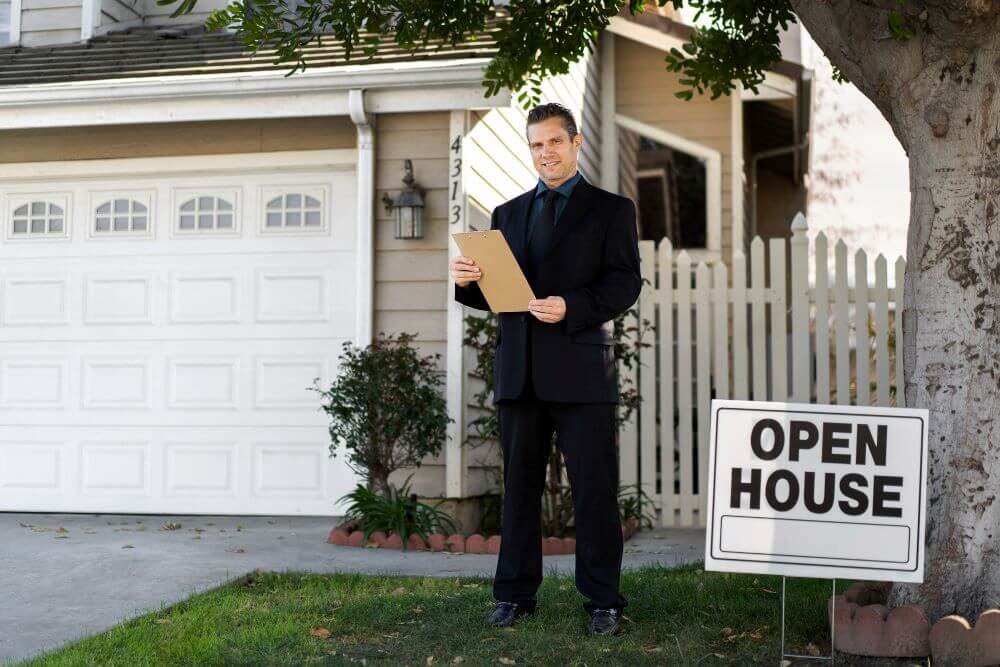What does someone see the moment they arrive at your property? In Texas, where the climate is demanding and first impressions matter, curb appeal is more than decoration, it’s a reflection of care, professionalism, and value.
From landscaping that thrives in drought to building features that withstand the summer sun, thoughtful choices can make a property stand out year-round.
Why Curb Appeal Matters in Texas
First impressions matter everywhere, but in Texas, they carry extra weight. A building that looks inviting from the street can attract new customers, encourage tenants to stay longer, and create a positive reputation in the community.
Whether it’s a commercial property or an office, curb appeal signals care and professionalism. People tend to associate a well-kept exterior with reliability and quality inside.
Beyond aesthetics, curb appeal directly affects property value. Real estate studies consistently show that well-maintained exteriors can increase perceived value and shorten the time it takes to sell or lease.
In Texas’s competitive business landscape, this can make the difference between standing out and being overlooked. A thoughtful investment in curb appeal is both a financial decision and a way to strengthen your brand identity.
Landscaping for Texas Weather
Texas’s climate poses unique challenges, with long stretches of heat, drought conditions, and occasional heavy storms. Choosing plants that thrive in these conditions is essential.
Native options like yucca, agave, and Texas sage not only handle the climate but also reduce water usage and maintenance needs. Xeriscaping, which relies on drought-resistant plants and gravel features, is increasingly popular for creating polished landscapes without the heavy cost of irrigation.
Seasonal color can still be achieved by adding hardy flowers such as lantana or desert marigolds, which provide brightness while tolerating tough conditions. Trees that offer shade, like live oaks, do more than look appealing. They also help reduce cooling costs by shading windows and walkways.
Landscaping designed around the Texas climate doesn’t just survive. It enhances curb appeal year-round while being practical and sustainable.
Grass and Lawn Care in Texas
A healthy lawn remains one of the strongest signals of good curb appeal, but in Texas, it requires careful planning. The hot summers and periods of drought mean not all grasses thrive equally well.
Warm-season varieties like Bermuda, St. Augustine, and Zoysia are better suited to the climate, providing a durable and attractive green cover. Choosing the right type of grass for the region not only improves appearance but also reduces water and fertilizer demands.
Maintaining a lawn in Texas also comes down to smart care practices, and consulting suppliers such as the Texas Grass Store can provide guidance on watering schedules, mowing practices, and selecting durable grass types. Deep but infrequent watering encourages stronger root systems, while mowing at the correct height helps grass retain moisture and resist stress.
Adding mulch around trees and borders can further reduce water evaporation and support healthier growth. A well-managed lawn ties the entire property together, providing a fresh, polished look that enhances the impact of landscaping and building design.
Building Exterior and Design Features
The condition of a building’s exterior often determines how people perceive what’s inside. Fresh paint, clean siding, and updated signage are simple upgrades that create a noticeable difference.
In Texas, where sun exposure is strong, using durable materials like stone, stucco, or metal ensures the façade holds up well against fading and heat damage. Regular pressure washing can also remove dirt and grime that accumulate over time, giving the building a fresher look instantly.
Adding design features that blend functionality with aesthetics can also elevate the property. Roof extensions, awnings, or overhangs not only provide shade but also enhance architectural interest.
Outdoor lighting adds another dimension, making a building more inviting after dark while improving safety. Thoughtful exterior updates are not just cosmetic touches—they create an environment that feels welcoming and trustworthy.
Seasonal Adaptations
Texas weather demands flexibility in how curb appeal is managed throughout the year. During summer, reflective paint finishes, awnings, and heat-resistant roofing materials can make buildings more comfortable and energy-efficient while maintaining a clean appearance. Shade structures and outdoor seating areas also offer practical value for visitors and employees.
In cooler months, frost-tolerant plants and durable exterior finishes protect against sudden temperature drops. Simple changes like adding seasonal décor, string lighting, or planters with hardy greenery can keep the property looking fresh without high costs.
Adjusting curb appeal strategies with the seasons ensures the building never feels neglected and always presents its best face to the public.
Local Culture and Regional Flair
One of the easiest ways to make a property feel connected to its surroundings is by incorporating local design elements. Texas has a rich architectural tradition that combines rustic wood, natural stone, and warm earth tones. Even small touches, like wrought-iron railings or decorative tile, can create a sense of place that resonates with visitors.
In urban areas, public art and murals have become a powerful way to showcase regional culture while making a property stand out. These elements not only add visual appeal but also foster community pride and give people a reason to stop and take notice.
When curb appeal reflects local culture, it feels authentic and memorable, turning a building into more than just a structure. It becomes part of the community identity.
Practical Maintenance Tips
Even the best design can lose its impact without consistent upkeep. Regular cleaning of windows, siding, and walkways prevents small issues from becoming larger problems.
Power washing sidewalks and repainting trim when it starts to fade are low-cost actions that make a big difference. A clean, well-maintained property conveys professionalism and attention to detail.
Seasonal maintenance is also essential in Texas, where storms can bring heavy rain and high winds. Clearing gutters, checking roofs, and trimming trees reduce the risk of costly damage while keeping the property safe.
Setting a routine schedule for landscaping, exterior inspections, and minor repairs ensures that curb appeal doesn’t fade between major updates. These practical habits save money in the long run and keep a building looking its best.
Conclusion
How can a building earn trust before anyone even steps inside? By presenting a clean, well-maintained, and culturally connected exterior that works with Texas’s unique environment.
Investing in curb appeal means balancing beauty with durability, and those choices create lasting impressions that strengthen reputation, improve property value, and keep a space inviting throughout the seasons.






